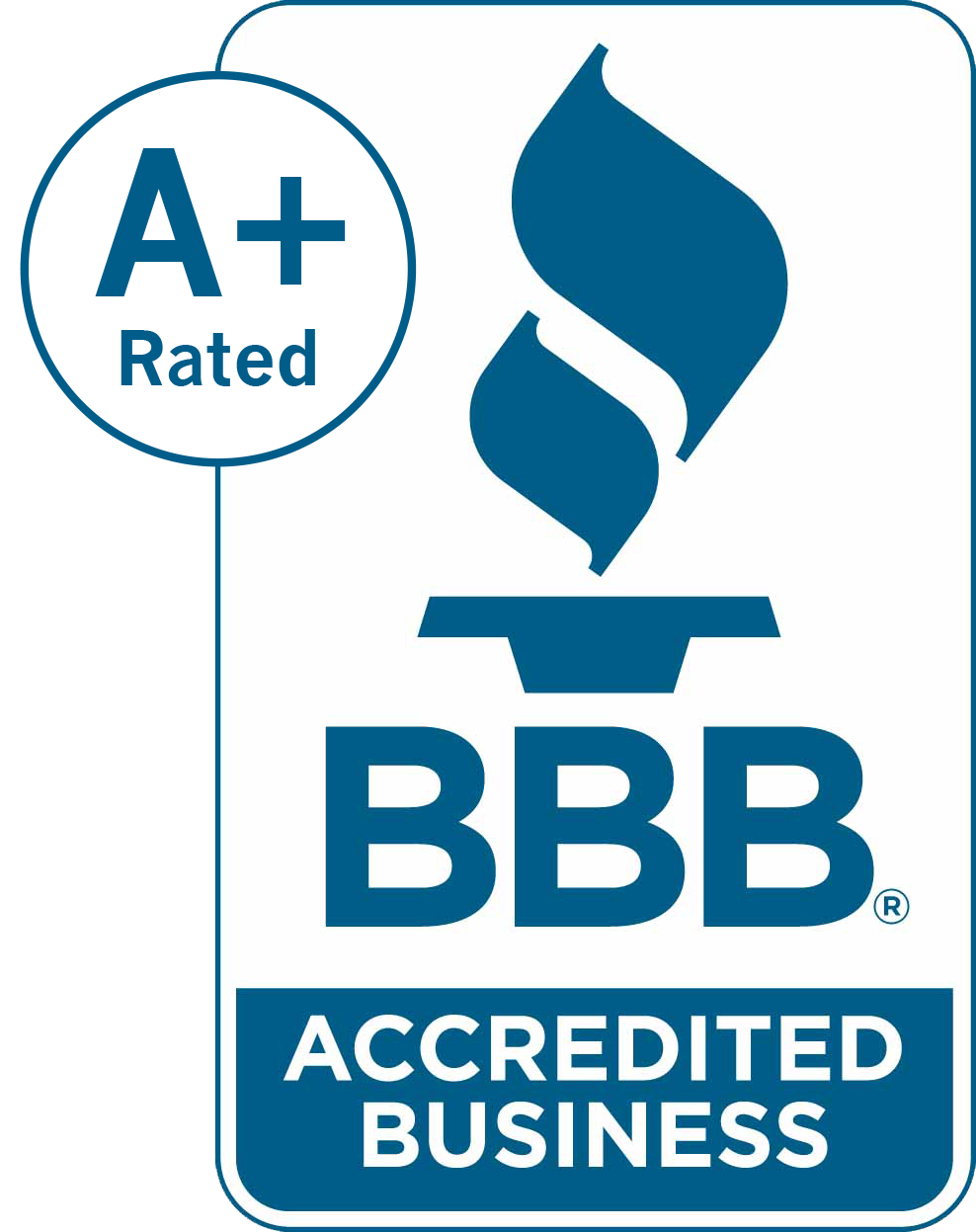How to Complete the FL-157 Spousal Support Declaration Form: Step-by-Step Guide

Introduction to the FL-157 Form
The FL-157 form, officially known as the “Spousal or Domestic Partner Support Declaration Attachment,” is a crucial document in California family law proceedings. This form is used to explain your position regarding spousal support to the court and the other party. Full disclosure of your income and assets is essential when completing the FL-157 form, as it ensures equitable negotiation between parties involved in divorce settlements.
The FL-157 form is designed to explain the facts that support your request for a spousal or domestic partner support judgment and is always attached to another form, like the Declaration for Default or Uncontested Judgment (Form FL-170).
Understanding how to properly complete this form is essential as it directly impacts financial outcomes in your divorce or legal separation. The court will review this document carefully when making decisions about spousal support. Additionally, acquiring and managing various legal forms, including the FL-157, is necessary for efficiently handling legal procedures.
When to Use the FL-157 Form

You will need to complete the FL-157 form in the following situations:
- When requesting spousal support in an uncontested divorce
- When modifying existing spousal support orders
- When responding to a spousal support request
- In default judgment cases where spousal support is at issue
The FL-157 form should be used to show the judge that you considered all the Family Code 4320 factors before agreeing to establish or change spousal support.
Understanding Family Code 4320 Factors

The FL-157 form is based directly on California Family Code Section 4320, which lists the factors judges must consider when making spousal support decisions. These factors include:
Key Factors in Family Code 4320:
- Earning capacity of each spouse to maintain the marital standard of living
- Marketable skills of the supported party
- Contributions to the other spouse’s education or career
- Ability to pay of the supporting spouse
- Needs based on the marital standard of living
- Assets and obligations of each party
- Duration of the marriage
- Age and health of both parties
- History of domestic violence, if applicable
- Tax consequences for each party
- Hardships affecting each party
- Goal of self-sufficiency within a reasonable time
- Criminal conviction of an abusive spouse
- Any other just and equitable factors
In California, spousal support is not determined by a software application like child support. Instead, California Law Family Code Section 4320 dictates that the Court MUST take into consideration ALL of these factors before making an order for spousal support.
Materials You’ll Need

Before starting to fill out the FL-157 form, gather the following materials:
- A copy of the blank FL-157 form (available on the California Courts website)
- Your financial records
- Documentation of the marital standard of living
- Employment history and records
- Health information, if relevant
- Marriage certificate (to verify duration)
- Notes about your contributions to the marriage
- Information about any domestic violence history, if applicable
- Calculator for financial calculations
- Black or blue pen
- Access to a computer (for fillable PDF version)
It is important to visit the California Courts site to access necessary forms and resources.
Gathering Required Information for Spousal Support

To complete the FL-157 form effectively, it’s crucial to gather all necessary information and documents that will support your spousal support request. This preparation will streamline the process and ensure that your submission is both accurate and comprehensive. Here’s what you need to collect:
- Income and Expense Information: Gather your recent pay stubs, tax returns, and bank statements. These documents will help demonstrate your financial situation.
- Asset Information: Collect details about your property, investments, and any debts you owe. This includes mortgage statements, investment account summaries, and credit card statements.
- Spouse’s Financial Information: If applicable, obtain information about your spouse’s income and expenses. This can include their pay stubs, tax returns, and any other relevant financial documents.
- Children’s Information: If you have children together, include their ages and any specific needs they have. This can impact the spousal support determination.
- Other Relevant Financial Information: Any additional financial details that could affect your spousal support request should be included. This might involve unique expenses or financial obligations.
By gathering all this information beforehand, you’ll make the process of completing the FL-157 form much smoother and ensure that your request is well-supported.
Supporting Documentation for the FL-157 Form
In addition to the information you provide on the FL-157 form, submitting supporting documentation is essential to substantiate your spousal support request. These documents provide the court with a clear picture of your financial situation and needs. Here’s what you should include:
- Income Verification: Submit pay stubs and tax returns to verify your income. These documents are crucial for demonstrating your earnings.
- Asset Verification: Provide bank statements and investment account summaries to verify your assets. This includes any property ownership documents.
- Expense Documentation: Include documents that show your regular expenses, such as rent or mortgage payments, utility bills, and grocery receipts. This helps illustrate your cost of living.
- Spouse’s Financial Information: If applicable, include documents that show your spouse’s income and expenses. This can help the court understand the financial dynamics between both parties.
- Additional Financial Documents: Any other relevant financial documents that support your spousal support request should be included. This might involve medical bills, educational expenses, or other significant costs.
Keeping copies of all your supporting documentation is a good practice. You will need to submit these documents to the court and may need to refer to them later in the process.
Step-by-Step Instructions for Completing FL-157
Step 1: Download the Form
Start by downloading the most current version of the FL-157 form from the California Courts website.
The current version of the form has been effective since January 1, 2021, and can be downloaded directly from the California Courts Self Help website.
You can choose between:
- PDF fillable version (complete on computer)
- Printable version (complete by hand)
Step 2: Fill Out Case Information
At the top of the form, enter:
- Your name and contact information
- Case number (if already assigned)
- Court name and county
- Names of petitioner/plaintiff and respondent/defendant
- Check the appropriate box indicating which form this attachment accompanies
Important Note: Make sure your case information matches exactly with other court documents you’ve filed.
Step 3: Address the Marriage Duration Factor (Item 1)
For Item 1, enter:
- The date you were married
- The date you separated
- Calculate and enter the duration of your marriage in years and months
For example:
Step 4: Address Standard of Living During Marriage (Item 2)
This section is crucial for establishing the baseline for support. Describe in detail:
- Housing situation (owned, rented, square footage, neighborhood)
- Vehicles owned
- Vacations taken
- Entertainment and recreational activities
- Dining habits (eating out vs. at home)
- Clothing and shopping patterns
- Savings and investments
Be specific and factual, avoiding exaggerations or minimizations.
Step 5: Address Age and Health Factors (Items 3-4)
For Items 3 and 4:
- Enter the age of each party
- Describe any health conditions that affect either party’s ability to work
- Explain any health insurance situation
- Note any ongoing medical expenses
Step 6: Address Employment and Income Factors (Items 5-8)
Items 5 through 8 focus on the employment, education, and earning capacity of both parties:
- Detail your education, training, and employment history
- Explain any sacrifices made for the marriage (e.g., leaving a career to raise children)
- Describe current employment status
- Detail the supported spouse’s ability to work and become self-supporting
- Note any needed education or training for the supported spouse
- Explain any barriers to employment for either spouse
When addressing skills of the supported party, explain what skills useful for earning an income the spouse requesting support has. This is an important factor in the court’s decision-making process.
Step 7: Address Financial Factors (Items 9-12)
For this section:
- List assets and debts for each party
- Detail the needs of each spouse based on the marital standard of living
- Explain the ability of the supporting spouse to pay support
- Note any tax consequences of spousal support orders
- Include information about any financial hardships
Tip: Be thorough but concise in these sections. Include specific dollar amounts whenever possible.
Step 8: Address Any History of Domestic Violence (Item 13)
If applicable, provide details about:
- Any history of domestic violence between the parties
- Documentation such as restraining orders or police reports
- Impact of domestic violence on economic circumstances
Step 9: Address Additional Relevant Factors (Item 14)
Use this section to include any other factors the court should consider that aren’t covered in previous sections, such as:
- Child custody arrangements
- Special circumstances
- Unique financial situations
- Future financial outlook
- Career development plans
Step 10: Review and Sign the Form
Before finalizing:
- Review the entire form for accuracy
- Make sure all sections are complete
- Check spelling and calculations
- Sign and date the form
- Make copies for your records
The FL-157 form requires signature and date acknowledgment that the information provided is true and accurate to the best of your knowledge.
Filing and Serving the FL-157 Form
Once you have completed the FL-157 form and gathered all necessary supporting documentation, the next step is to file it with the court and serve it on your spouse. Here’s how to proceed:
- File with the Court: Take your completed form and supporting documents to the court clerk’s office in the county where your divorce or separation case is pending. The clerk will file your documents and provide you with a stamped copy for your records.
- Serve Your Spouse: You must serve the form on your spouse, either in person or by mail, depending on the requirements of your case. Ensure you follow the proper service procedures to avoid any delays or issues.
- Keep Copies: Make sure to keep a copy of the form and all supporting documentation for your records. This will be useful for future reference and in case any issues arise.
- Follow Up with the Court: After filing, follow up with the court to ensure that your form has been processed and that your request for spousal support is being considered. This may involve checking the status of your case or attending a scheduled hearing.
Consulting with an attorney or seeking advice from a court clerk or other legal professional can help ensure that you are following the correct procedures for filing and serving the FL-157 form. This will help avoid any potential issues and ensure that your spousal support request is properly considered.
Related Terms: wrong, security, claims, images, wait, page, link,
Common Mistakes to Avoid
- Leaving sections blank – Complete all applicable sections
- Providing vague information – Be specific with facts and figures
- Exaggerating circumstances – Stick to accurate descriptions
- Forgetting to attach supporting documentation – Include relevant evidence
- Using emotional language – Maintain a factual, businesslike tone
- Inconsistency with other court filings – Ensure all information matches
- Missing signature or date – Always sign and date properly
- Not considering all Family Code 4320 factors – Address each relevant factor
What Happens After Submission
After completing and submitting the FL-157 form:
- The form will be reviewed by the court
- The other party will have an opportunity to respond
- A hearing may be scheduled to discuss spousal support
- The judge will consider all factors outlined in your form
- A spousal support order will be issued based on the judge’s findings
When the judge signs your agreement and it is filed, it becomes the new judgment or order for long-term spousal or domestic partner support, meaning you and your spouse or domestic partner must follow the order.
Special Considerations
For Long-Term Marriages (10+ years)
When marriages lasting 10 years or longer:
- Courts may order indefinite support
- Self-sufficiency expectations may be different
- Retirement factors become more significant
For Short-Term Marriages
In California, spousal support for marriages lasting less than 10 years may be paid for up to half the length of the marriage.
When Domestic Violence Is Involved
When domestic violence is a factor:
- Document all incidents thoroughly
- Include case numbers of any protective orders
- Explain the economic impact of the abuse
Getting Help with Your FL-157 Form
If you need assistance completing the FL-157 form:
- Self-Help Centers: Most California courthouses have self-help centers where staff can provide guidance
- Family Law Facilitators: Free assistance is available at most family courts
- Legal Aid Organizations: Free or low-cost help for qualifying individuals
- Family Law Attorneys: Consider hiring an attorney, even just for form review
- Online Resources: The California Courts website offers guides and instructions
Conclusion
The FL-157 Spousal Support Declaration Attachment is a critical document that directly impacts financial outcomes in your divorce or separation. By carefully addressing all Family Code 4320 factors and providing complete, accurate information, you increase the likelihood of a fair spousal support determination.
Remember that while this guide provides general information, each case is unique. When in doubt, consult with a family law professional to ensure your rights and interests are protected throughout the spousal support process.













